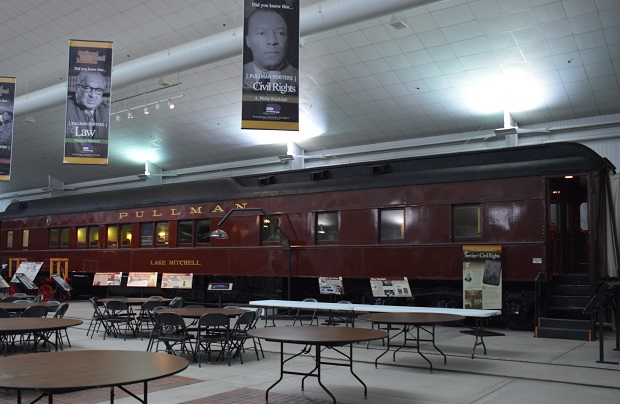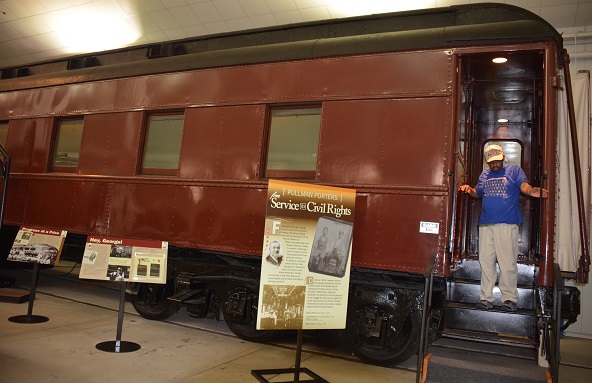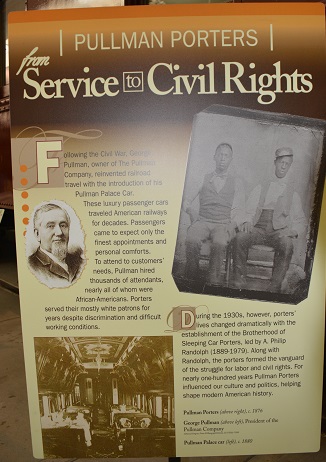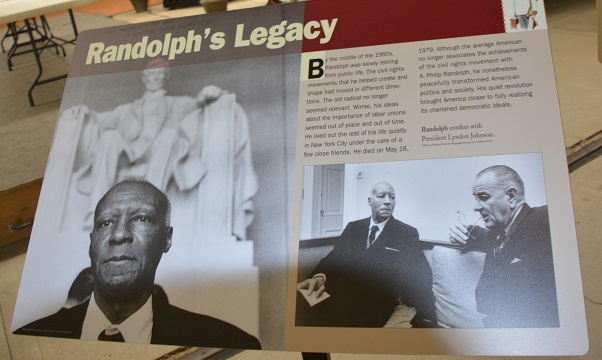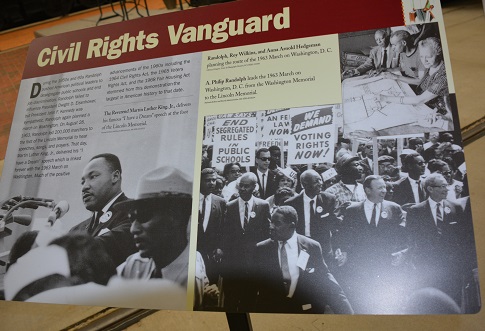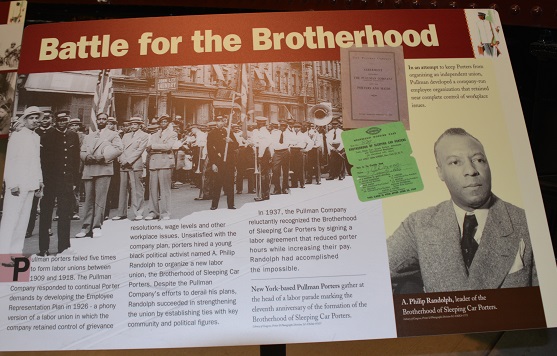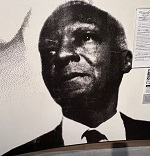SOURCE: WIKEPEDIA
| NAME OF LEADER | DESCRIPTION |
| A. Philip Randolf | Asa Philip Randolph (April 15, 1889 – May 16, 1979) was an American labor unionist, civil rights activist, and socialist politician. In 1925, he organized and led the Brotherhood of Sleeping Car Porters, the first mainly African-American labor union. In the early Civil Rights Movement and the Labor Movement, Randolph was a prominent voice. He started the US civil rights movement in the 1930s, before the bigger movement in the 1950s and 1960s. |
HTML clipboard
| DESCRIPTION | NAME OF SITE | CITY | STATE |
| BIRTHPLACE | MARKER | CRESCENT CITY | FLORIDA |
| HERITAGE PARK | HERITAGE PARK | JACKSONVILLE | FLORIDA |
| ALMA MATER | JACKSONVILLE | FLORIDA | |
| PARK | JACKSONVILLE | FLORIDA | |
| STUDIED | COOKMAN INSTITUTE | DAYTONA | FLORIDA |
| DEATH PLACE (RESIDENCE | HOME | NEW YORK CITY | NEW YORK |
| BURIAL PLACE | CREMATED | ||
| INTERESTING FACT | SECOND UNION LEADER TO BE HONORED ON A US POSTAL STAMP. CONSIDERED THE FATHER OF US CIVIL RIGHTS MOVEMENTS. CREDITED FOR THE REMOVAL OF REMOVAL OF SEGREGATION IN THE MILITARY. |
CAREER HIGHLIGHTS
| NAME OF PERSON | CAREER HIGHLIGHTS |
| A. Philip Randolf | – He started labor unions as early as 1917. – He started the Brotherhood of Sleeping Car Porters (BSCP), who elected him president in 1925. This was the first serious effort to form a labor institution for employees of the Pullman Company, which was a major employer of African Americans. Due to this union, with amendments to the Railway Labor Act in 1934, approved by President Franklin D. Roosevelt porters were granted rights under federal law. – The Pullman Company finally began to negotiate with the Brotherhood in 1935 and agreed to a contract with them in 1937. Employees gained $2,000,000 in pay increases, a shorter workweek, and overtime pay. – In 1941, he, Bayard Rustin, and A. J. Muste proposed a march on Washington to protest racial discrimination in war industries, an end to segregation and of the desegregation of the American Armed forces. it was cancelled after President of the United States Franklin D. Roosevelt issued Executive Order 8802, or the Fair Employment Act. – Encouraged by these successes, Randolph and other activists continued to press for the rights of African Americans. On July 26, 1948, President Harry S. Truman abolished racial segregation in the armed forces through Executive Order 9981. In 1950, along with Roy Wilkins, Executive Secretary of the NAACP and Arnold Aronson, a leader of the National Jewish Community Relations Advisory Council, Randolph founded the Leadership Conference on Civil Rights (LCCR). LCCR has been a major civil rights coalition. It coordinated a national legislative campaign on behalf of every major civil rights law since 1957. – Randolph finally realized his vision for a March on Washington for Jobs and Freedom on August 28, 1963, which attracted between 200,000 and 300,000 to the nation’s capital. The rally is often remembered as the high point of the Civil Rights Movement. – On September 14, 1964, President Lyndon B. Johnson presented Randolph with the Presidential Medal of Freedom. – He has been honored in several Railroad museums for his contribution to the Pullman Porters Union. |
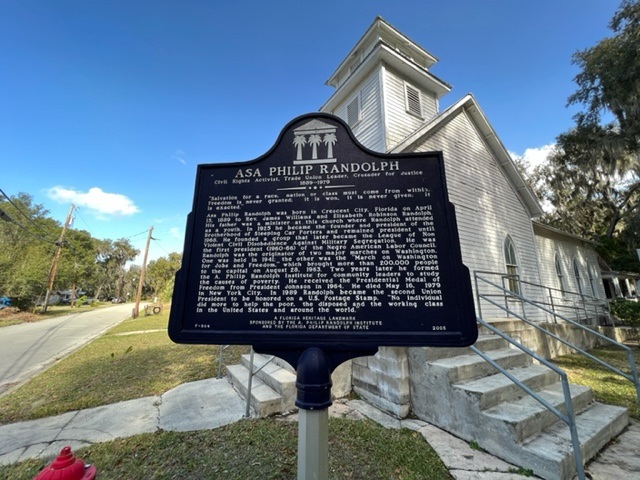
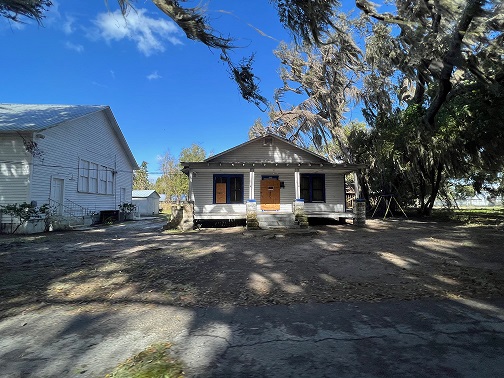
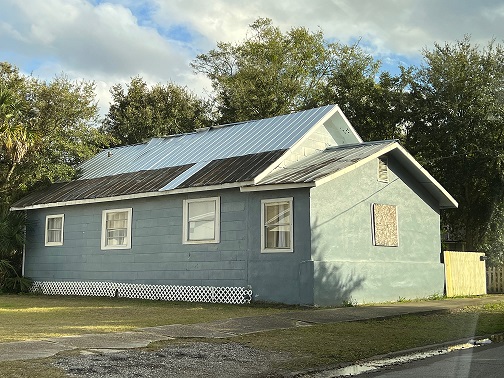
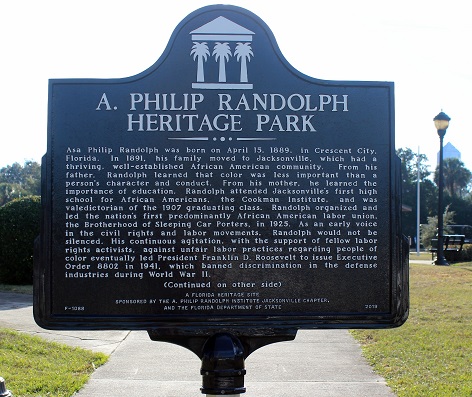
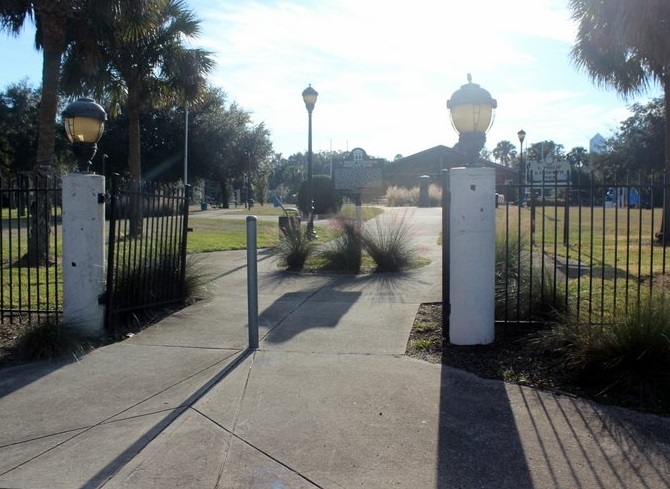
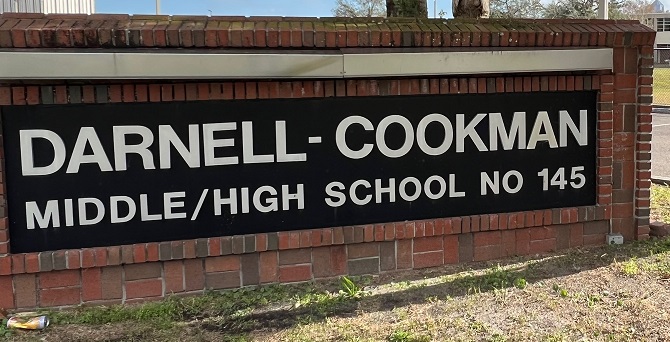
COOKMAN MIDDLE SCHOOL
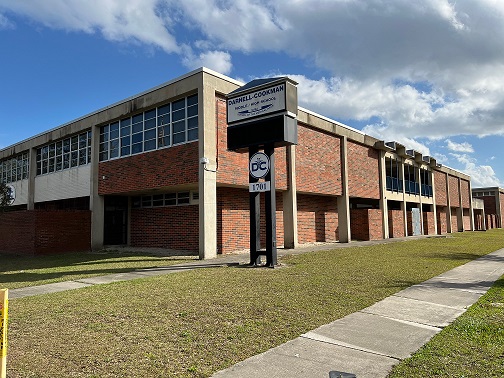
COOKMAN MIDDLE SCHOOL
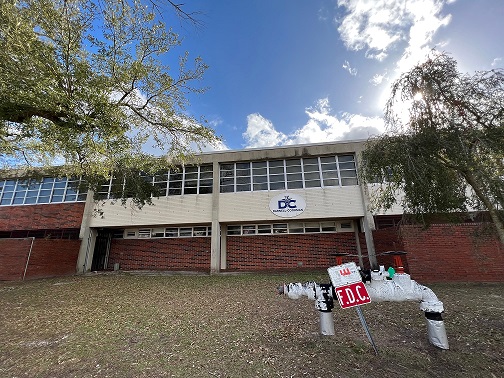
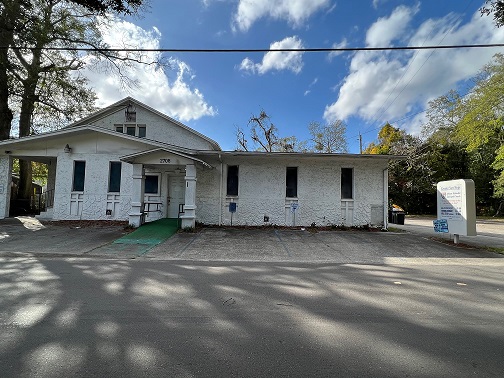
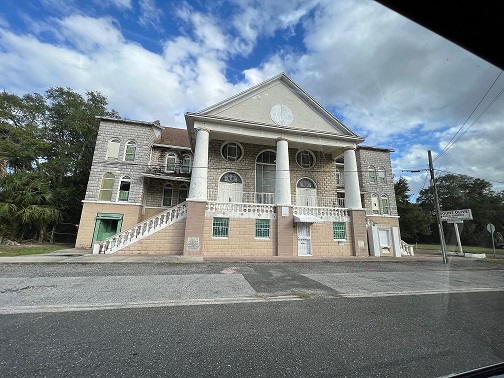
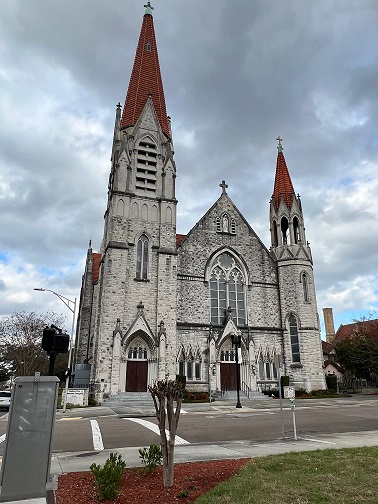
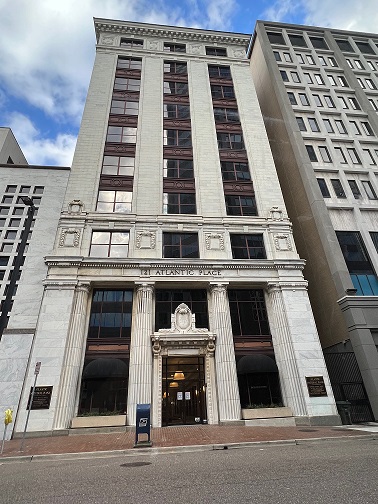
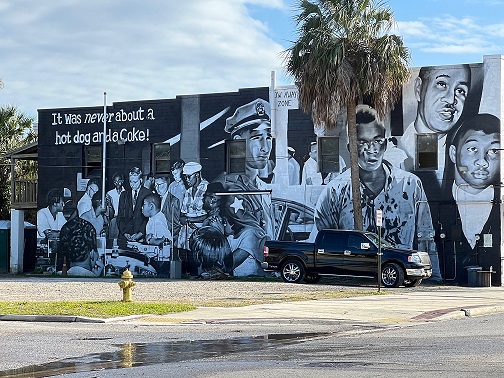
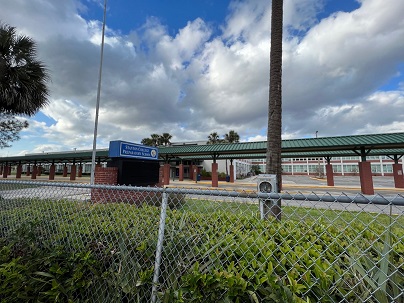
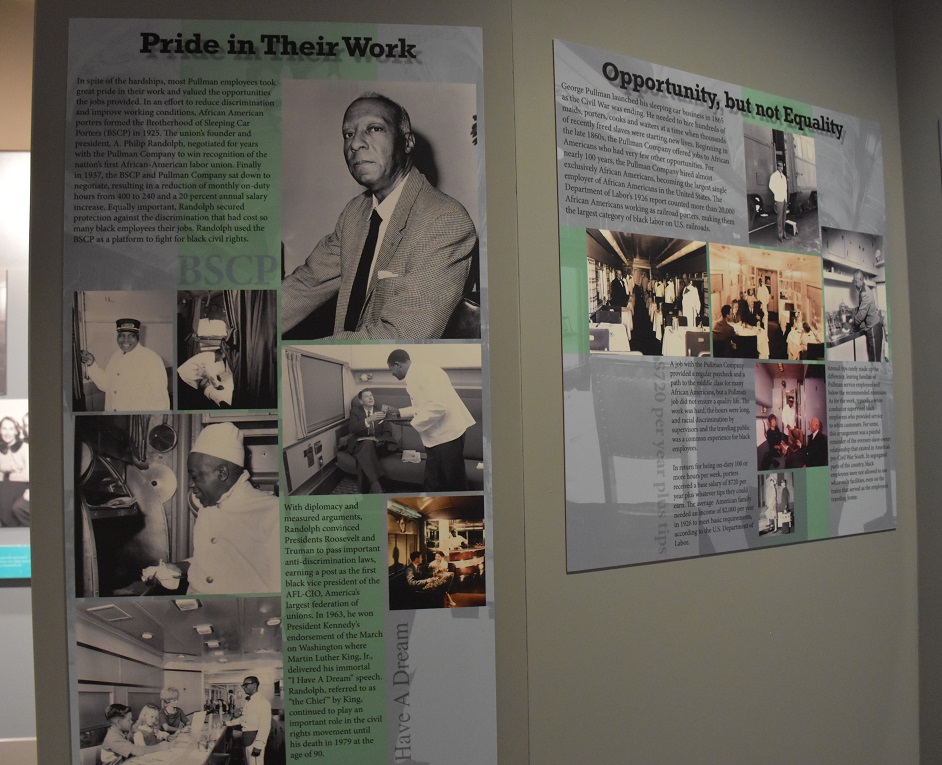
EXHIBITS FROM NATIONAL RAILROAD MUSEUM – GREEN BAY -WISCONSIN
